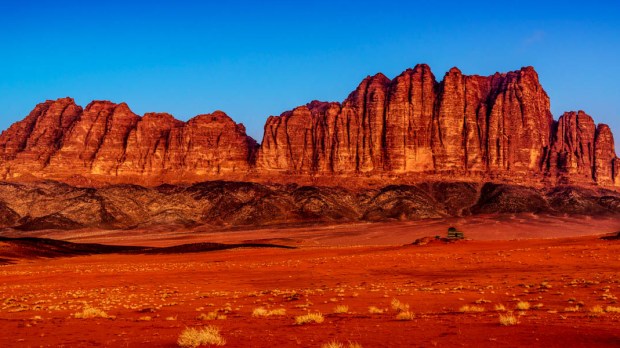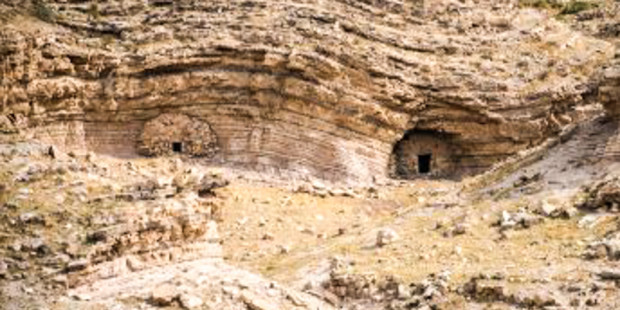Moses, some say, walked this path. In fact, the closest town to Petra is called “Wadi Mousa,” “the Valley of Moses,” or “Moses’ Well.” It is said the place where Moses struck water from the rock is not far from the actual town. From such a spring, the Nabateans would draw water, through a clay aqueduct, all the way to Petra.
This town is also, tradition says, the burial place of Moses’ brother, Aaron. His tomb can be found nearby, atop Mount Hor.
Elijah also walked through this path, according to most. In fact, Elijah’s birthplace, Tell Mar Elias, in the northwest, is a stop on the Jordan Trail. There, the ruins of the biblical town of Tishbe (also known as Listib, or El-Istib as well) can be found, as well as the remains of an early Christian Byzantine basilica. Pilgrims from all religions go to this place, and tie red ribbons to an oak tree, paying homage to the prophet.
It should be evident by now the Jordan Trail is not new at all. Although officially “launched” in April 2017, the trail runs through ancient biblical, almost legendary routes, as well as through the route Roman conquerors would use to go all the way from the fertile north of Jordan – Amman was then called “Philadelphia,” and was one of the ten cities of Hadrian’s Decapolis – to the south, through the impressive Roman city of Jerash, to the rich harbor city of Aqaba, right by the Red Sea.
That’s 400 miles. On foot. For at least 40 days. The Jordan Trail goes through 52 villages, four different kinds of landscapes (from red sand cold deserts to fertile green valleys with thermal waters), and several different ancient pilgrimage and trade routes. Of course, there’s a six-day route anyone can walk (in fact, this is the most popular one), which covers the ancient Nabatean city of Petra, through some of the Jordanian sandstone ridges. As one walks through it, Roman, Nabatean, Byzantine and Ummayad buildings, traditions and stories are found living alongside each other, in what seems to be a Middle Eastern Camino de Santiago that goes across both the Old and the New Testament in a single route.
To know more about the Jordan Trail, visit the recently launched official site for the Jordan Trail here.


